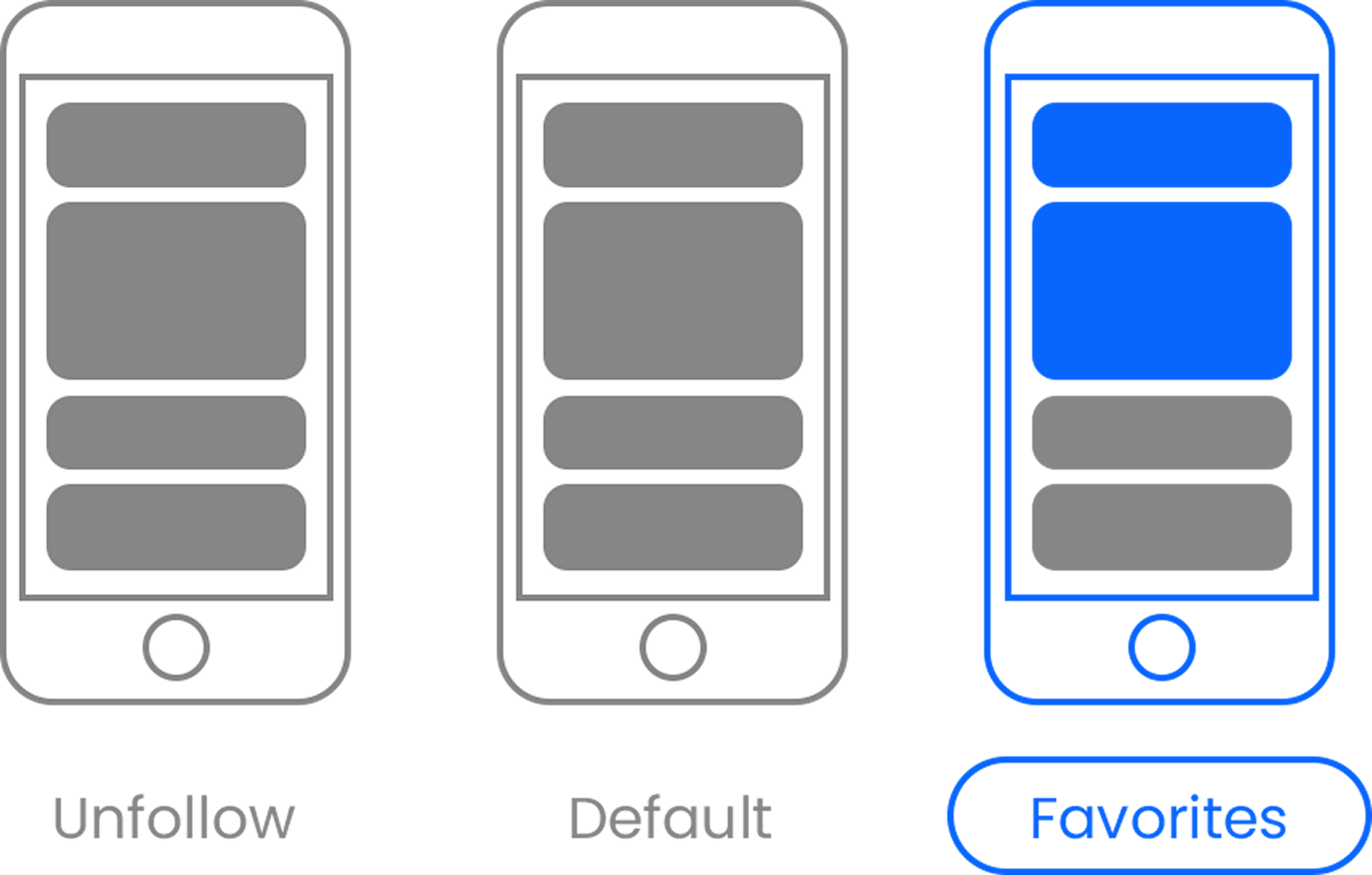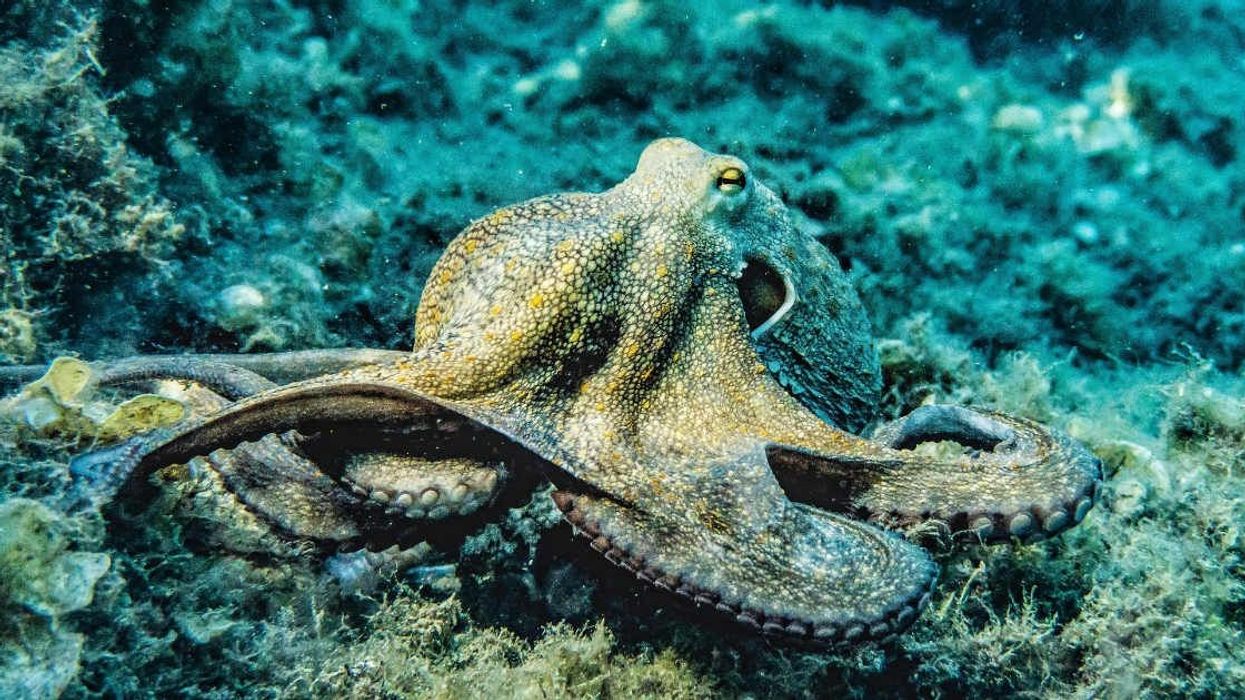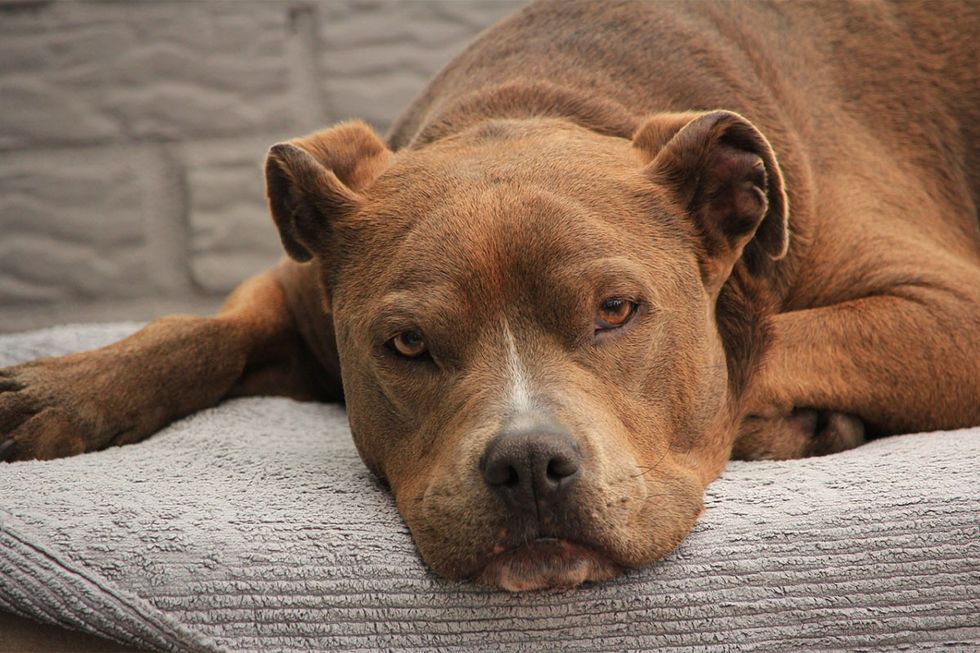Tom Siebel keeps kids off meth by pushing shocking ads.
Outside a convenience store, a teenage girl makes an offer to an intimidating group of men: "You can do anything you want to me for 50 bucks." When one of them asks about her younger sister, standing nearby, she offers her up too. The men shuttle the girls, covered in scars, into a grungy bathroom. A voice-over confirms what many teens watching the television ad already know: "This isn't normal, but on meth it is."Earlier this year, a series of such ads began airing in Illinois and Idaho, where the highly addictive drug has ravaged communities, crippling state budgets in the process. To stop the addiction cycle, billionaire software developer Tom Siebel (of Siebel Systems) has used his business savvy to create and promote the Meth Project-an anti-methamphetamine organization that targets first-time users. The organization aggressively preaches to young people with graphic portrayals of addiction on billboards, radio, and television.Siebel, 55, borrowed the advertising concept from the American Cancer Society's successful "Truth" antismoking campaign, and his Meth Project ads go well beyond the classic "your brain on drugs" tagline. The spots offer a snapshot of meth addiction at its worst: a son attacking his mother; a boyfriend selling his girlfriend for drugs; a boy hallucinating that bugs are crawling on his skin; and the transformation of a pretty girl into one with skin sores and tooth decay. "We're really focused on realism," says Siebel. "That's exactly the way addicts look." With the slogan "Not Even Once," the campaign targets teens who haven't yet tried the drug.| Quote: |
| We're really focused on realism. That's exactly how addicts look. |
 In addition to consulting with consumer-marketing experts, law enforcement authorities, focus groups, and award-winning directors, Siebel asks his four children, ages 9 to 19, for input on the campaigns. "These messages are in the same tone and color and frequency of what kids experience all day, he says. "For 16-year-olds, this is normal stuff." The ads are so stylized that they've made AdCritic's Top 10 list of best ads in the United States and won top honors at the Cannes Film Festival. The Office of National Drug Control Policy awarded the program a White House commendation as the most influential prevention campaign in 2006. Last fall, Siebel testified before the Senate and Congress on the effectiveness of his program and asked for support to expand nationwide.To date, the Thomas and Stacey Siebel Foundation has contributed $26 million to the Meth Project, making it the largest advertiser in Montana. A 2008 survey commissioned by the Montana Meth Project found that the ads were recognized by 88 percent of the state's teens, and two-thirds of teens reported seeing or hearing anti-meth messages weekly. Now, Siebel says, "We're in the franchising business." The advertisements have recently appeared beyond Montana's borders, in Arizona, Idaho, Illinois, and Wyoming, and Siebel is taking a hard look at bringing the ads to more states soon, including Georgia, South Carolina, and the Dakotas, all states with large meth problems. As Siebel says, "The only difference between Montana and other states is the Meth Project."LEARN MORE methproject.org
In addition to consulting with consumer-marketing experts, law enforcement authorities, focus groups, and award-winning directors, Siebel asks his four children, ages 9 to 19, for input on the campaigns. "These messages are in the same tone and color and frequency of what kids experience all day, he says. "For 16-year-olds, this is normal stuff." The ads are so stylized that they've made AdCritic's Top 10 list of best ads in the United States and won top honors at the Cannes Film Festival. The Office of National Drug Control Policy awarded the program a White House commendation as the most influential prevention campaign in 2006. Last fall, Siebel testified before the Senate and Congress on the effectiveness of his program and asked for support to expand nationwide.To date, the Thomas and Stacey Siebel Foundation has contributed $26 million to the Meth Project, making it the largest advertiser in Montana. A 2008 survey commissioned by the Montana Meth Project found that the ads were recognized by 88 percent of the state's teens, and two-thirds of teens reported seeing or hearing anti-meth messages weekly. Now, Siebel says, "We're in the franchising business." The advertisements have recently appeared beyond Montana's borders, in Arizona, Idaho, Illinois, and Wyoming, and Siebel is taking a hard look at bringing the ads to more states soon, including Georgia, South Carolina, and the Dakotas, all states with large meth problems. As Siebel says, "The only difference between Montana and other states is the Meth Project."LEARN MORE methproject.org 















 Otis knew before they did.
Otis knew before they did.